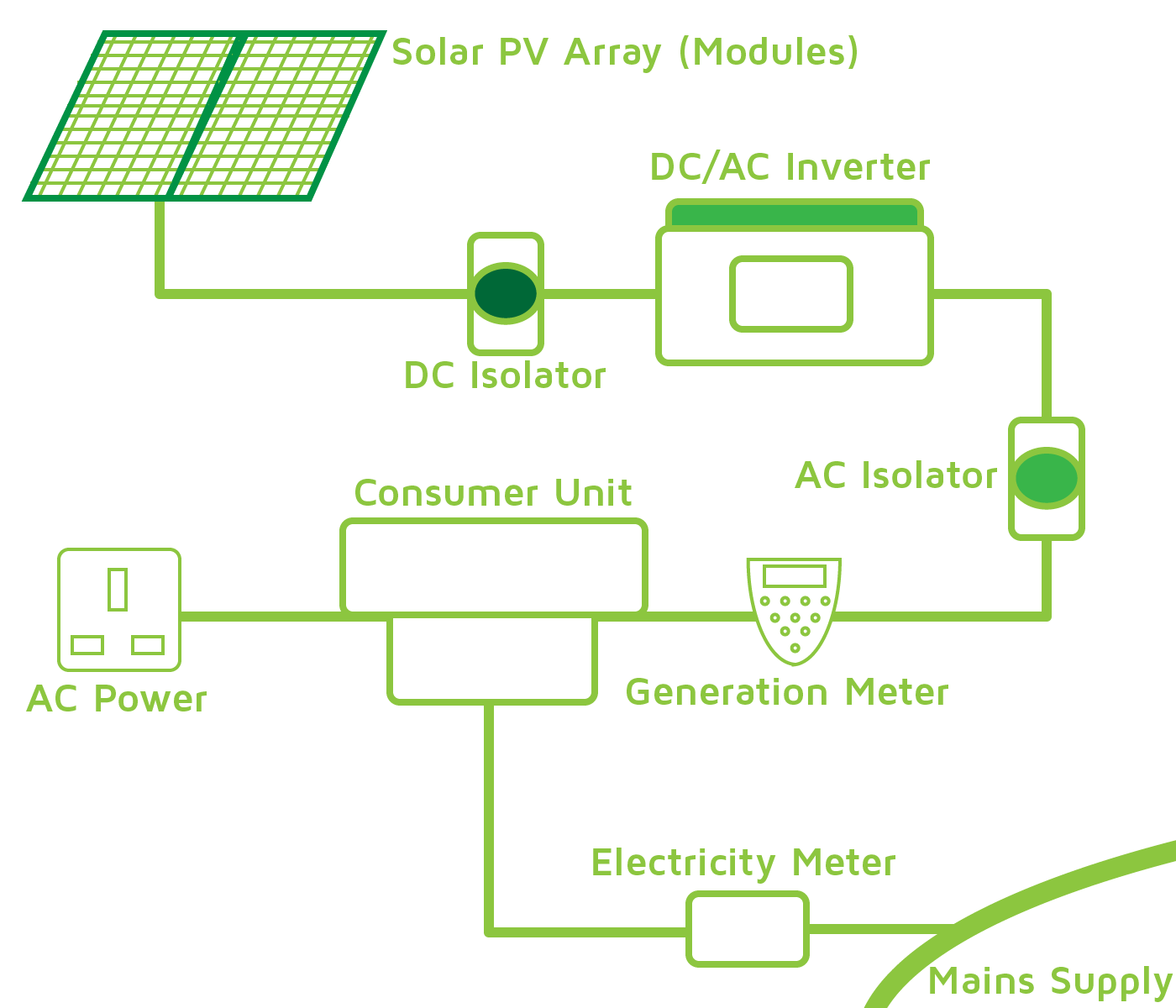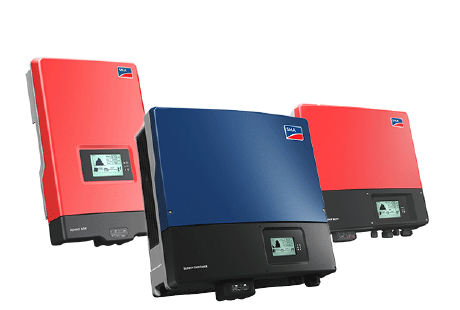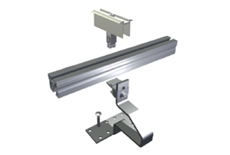Solar photovoltaic (PV) panels use cells containing a semi-conductor material to capture the sun’s energy and convert solar radiation into electricity. The most commonly used semi-conductor material is silicon, which is an abundant natural resource found in sand. When light strikes the cell a certain amount of energy is absorbed within the semiconductor material, knocking electrons, the negatively charged particles that form the basis of electricity, loose.
Most PV cells have two layers of semi-conductor material, one positively charged and one negatively charged. When light shines on the semi-conductor the electric field across the junction between these two layers causes electricity to flow, generating direct current (DC). By placing metal contacts on the top and bottom of the PV cell, we can draw that current off for external use.
Solar PV electric panels do not require bright sunlight in order to operate, meaning that you can still generate electricity on cloudy days, however in general the greater the intensity of light the higher the flow of electricity. Although, due to the reflection of sunlight, days with slight cloud can result in higher energy yields than days with a completely cloudless sky.
It is important to realise that you can only use your free solar electricity when it is being generated – so unless you also invest in batteries to store power for use in the evenings and at night, you will need to pay for your energy use as normal when the panels are not producing electric.

Direct Current (DC) needs to be converted into alternating current (AC) so it can be used in a domestic building; this is performed by an inverter. The AC electricity then passes via the generation meter, which measures how much electricity has been created, and on to the consumer unit where it can be fed into the property for use or exported back to the national grid via the electricity meter.
A typical grid connected roof mounted system consists of a number of components, as shown in the diagram to the right.
You will be paid for every kWh of electricity that your solar PV system generates, even if you use the power yourself. You will also be paid an additional amount for any electricity that you export to the national grid. Click here to visit the feed in tariff page to find out more.

Solar panels form the heart of every PV system. We are able to offer a choice of industry leading solar panels made by Solarworld AG, LG, Axitec, SunForte, BenQ, Panasonic, Phonosolar REC, Kyrocera, as well as award winning traditional solar slates, manufactured in Wales by Solar Slate Ltd.

Inverters convert the DC current produced by the solar panels into AC current which is then fed into the electricity supply for use in the home, with any surplus electricity fed back into the national grid. We supply and fit industry leading inverters from SMA, Schneider, PowerOne, Samil Solar River and Solis, Plus Enphase Micro Inverters when neccessary.

In order to conform to regulations and qualify for feed in tariff payments you need a meter or system that will accurately register the total kWh of PV electricity generated by the solar panels. We offer a range of compliant systems from industry leaders SMA.

We offer solar panel mounting systems from Fischer, Schletter and K2 that allow us to mount the panels in a place that suits your requirements – whether that is on top of your existing roof tiles (on roof), flush with roof tiles (in roof) or on a flat roof or the ground.
If you would like to find out how solar PV could work for you give us a call, email us or fill in our enquiry form to arrange a free on site assessment. We promise to give you honest advice on the suitability of solar pv for you and will design the optimum system to meet your requirements.